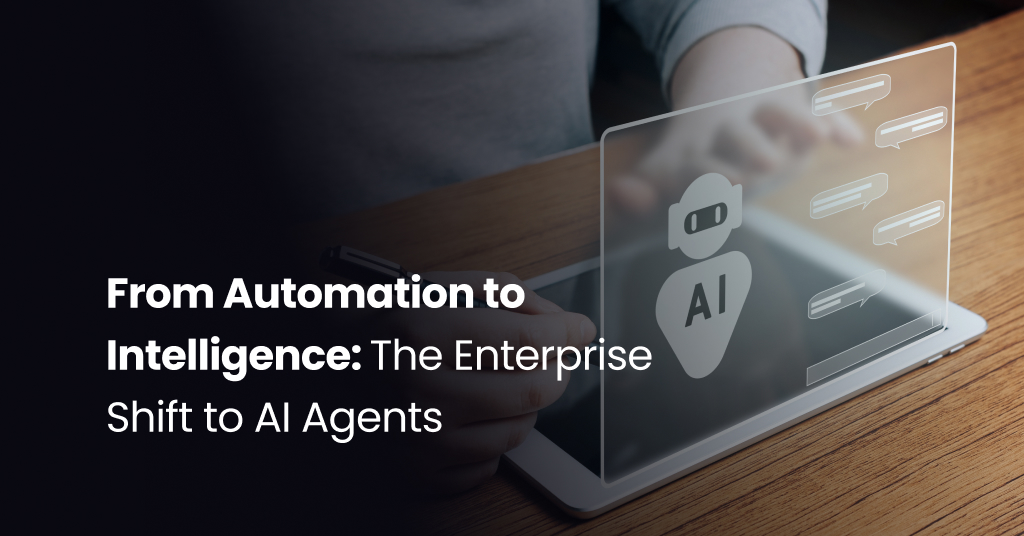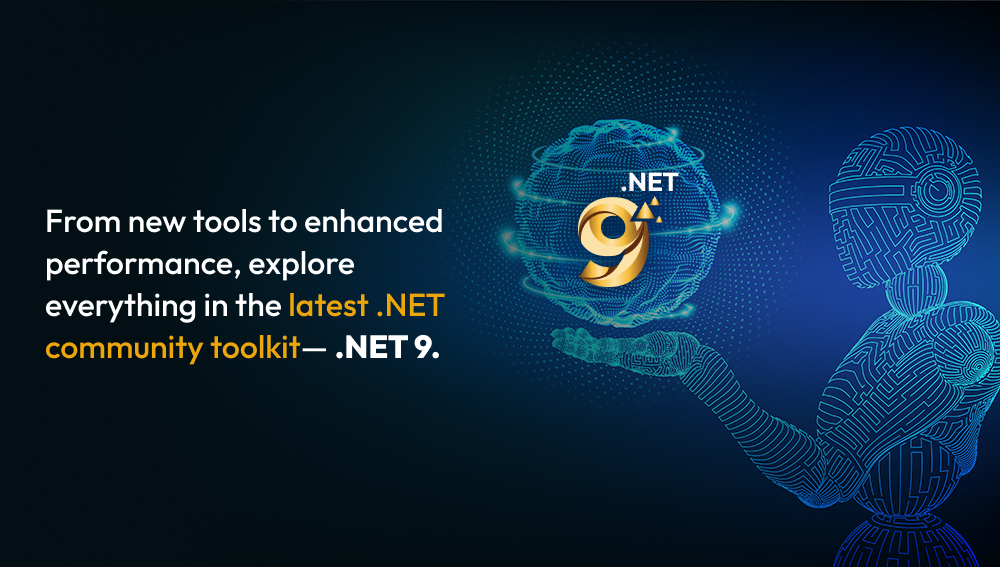
We’ve moved beyond using AI as a tool. Today, most organizations aren’t just adopting AI—they’re delegating real work to it, shifting from proof-of-concept experiments to real-world production deployments.

We’ve moved beyond using AI as a tool. Today, most organizations aren’t just adopting AI—they’re delegating real work to it, shifting from proof-of-concept experiments to real-world production deployments.

Gone are the days of proprietary software and technologies. As AI becomes more democratized, open-source models are gaining momentum. You must have heard of DeepSeek—a Chinese AGI (artificial general intelligence) startup that has made it to the headlines in the last few weeks. It’s everywhere, from social media to developer community forums.

Debugging is the backbone of software development. As modern applications become increasingly complex—often leveraging cloud platforms, microservices, and real-time data streams—ensuring that your code functions as intended is more challenging than ever. Effective debugging not only resolves errors but also enhances performance, user experience, and application scalability.
Continue reading

Agility has always been the heartbeat of successful software development, but what happens when you infuse it with the cognitive power of Artificial Intelligence? You get a paradigm shift—AI for Agile project management—a fusion that’s not just changing the game but rewriting its rules. This powerful combination enables teams to move beyond reactive workflows into predictive insights, intelligent automation, and seamless collaboration.
Continue reading

Technical debt refers to the future costs incurred when software development teams take shortcuts to expedite delivery, often resulting in suboptimal code or architecture. While these shortcuts can lead to immediate gains, they frequently cause increased maintenance costs, reduced productivity, and hindered scalability over time.

In an age where technology permeates every facet of life, healthcare software development services are the unsung heroes driving a silent revolution. We talk a lot about the introduction of ChatGPT, AI & ML in our everyday life (work+personal). Often, we criticize these technologies too, but we hardly talk about the real benefits of these technologies in defining life quality. Making healthcare mostly the least favored topic of conversation, as it is associated with suffering and illness. But healthcare is not limited to hospital emergencies only; it goes beyond, and so do the advanced technologies in healthcare. Today, preventive healthcare solutions are pushing into the mainstream, making way for wellness apps and platforms.
Continue reading

While you’re reading this sentence, ChatGPT handles approximately 250 million weekly active users, averaging over 35 million daily queries. Yet here’s the stark reality: according to research studies and surveys, only a fraction of websites effectively optimize their content for AI search platforms. This isn’t just another digital marketing trend; it’s a seismic shift in how customers discover businesses.
Continue reading

The healthcare industry generates an overwhelming amount of data every single day-roughly 137 terabytes!
This massive influx comes from a variety of sources, including medical devices, genetic studies, medical imaging, patient-generated health data, and historical EHR records. But the challenge is that this data isn’t neat or uniform. It’s a chaotic mix of structured EHR entries, unstructured physician notes, and complex imaging files, making it tough to store, process, and analyze. And clearly, traditional data handling and processing won’t be enough for this.
Continue reading

.NET has been developers’ favorite for over 25 years, and it’s easy to see why. Even after decades of updates, you can still work with the same code and libraries without worrying about breaking your app by using an older version. This remarkable backward compatibility provides a stable foundation that allows applications to scale and evolve seamlessly, enabling developers to innovate confidently without requiring extensive rewrites.
With the arrival of the latest .NET framework update—.NET 9, it gets even better, offering new features that help you create high-quality, future-ready applications, all while staying grounded in what makes this framework so reliable. Let’s explore the .NET 9 community toolkit.
Continue reading

Imagine a world where multiple intelligent agents seamlessly collaborate to automate business processes, analyze data in real time, and provide personalized customer experiences. From virtual assistants managing appointments to fraud detection systems analyzing financial transactions, the rise of AI agent frameworks is transforming industries by coordinating complex tasks with minimal human intervention. The orchestration of these agents has become essential, delivering new capabilities through precise task management and dynamic decision-making.